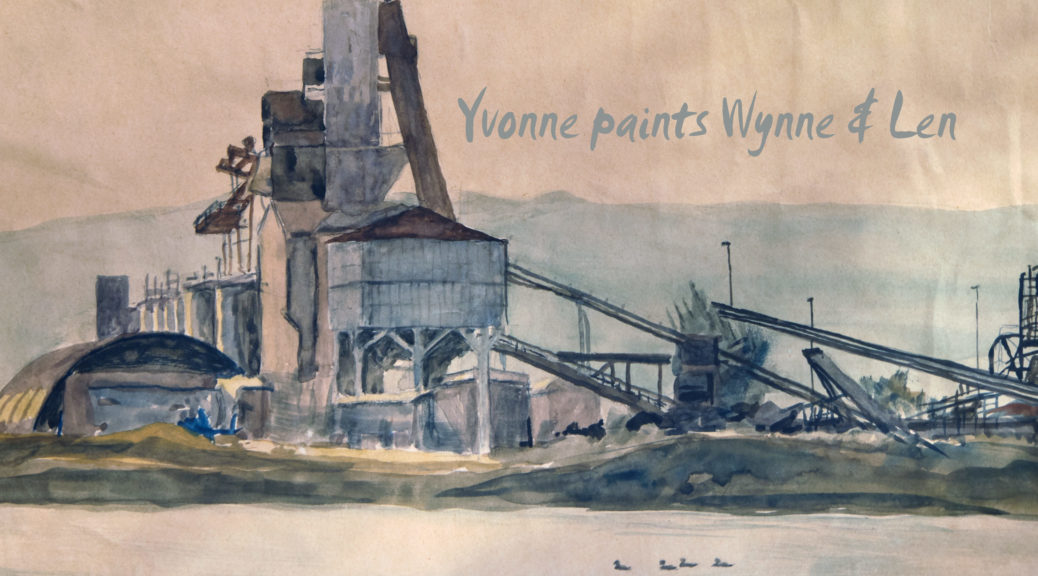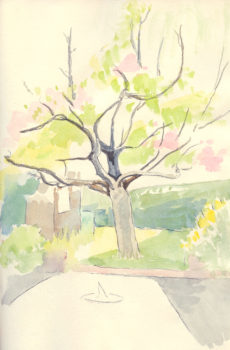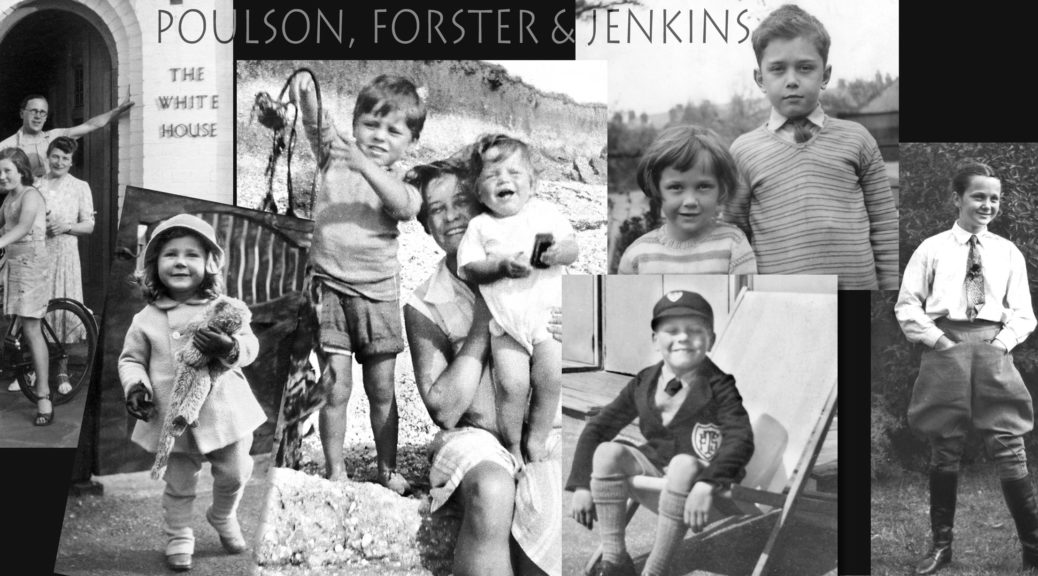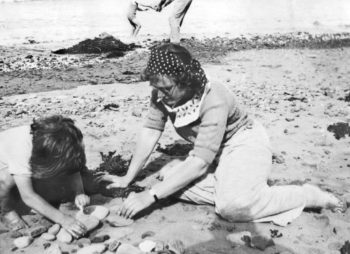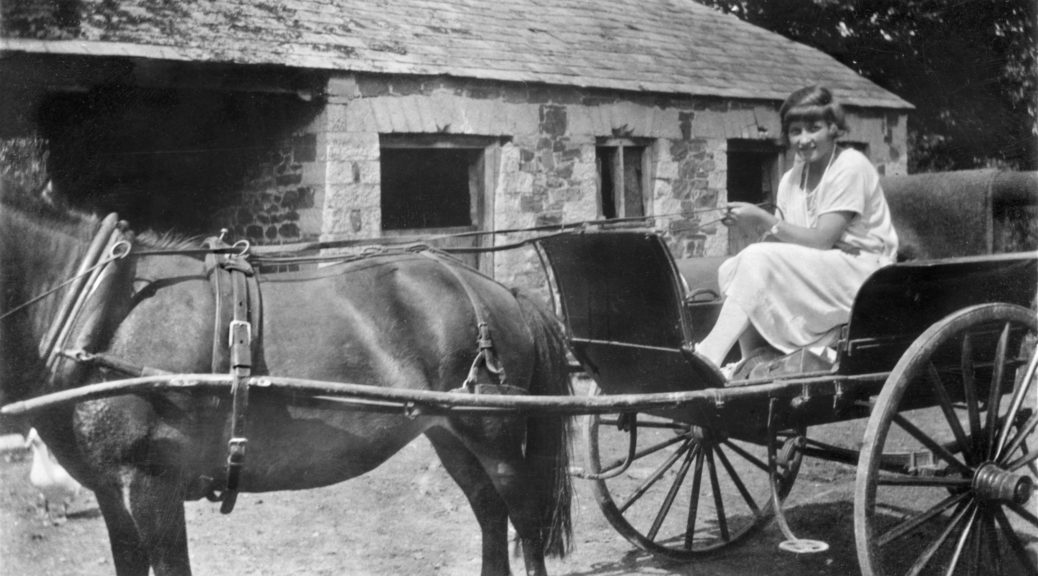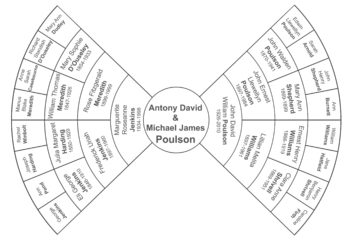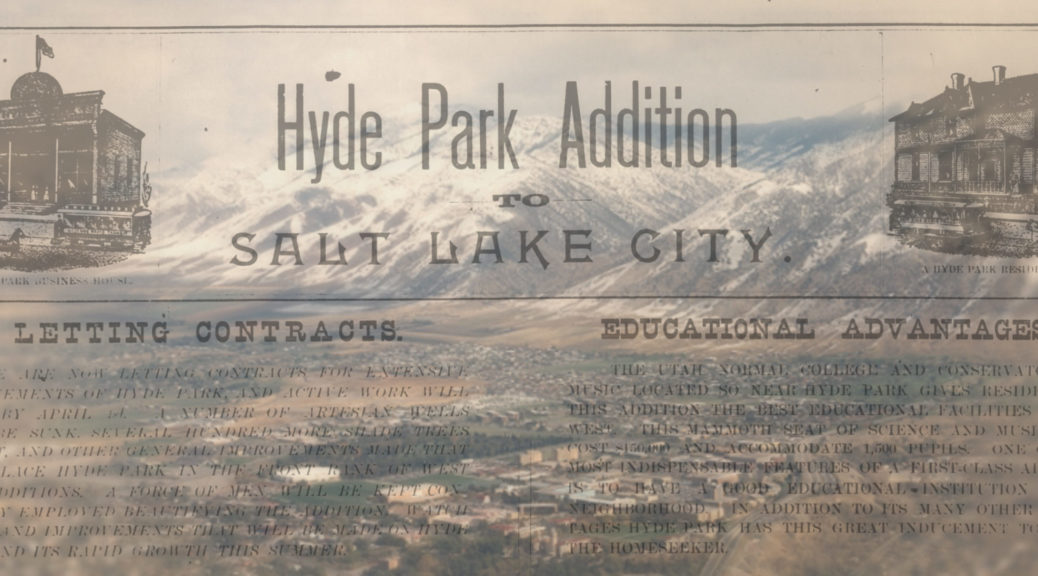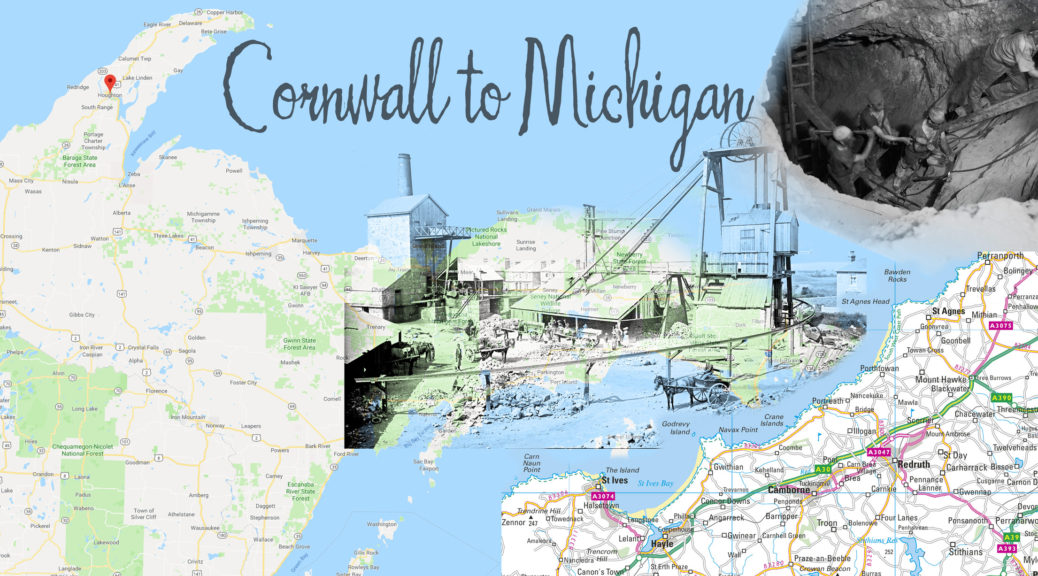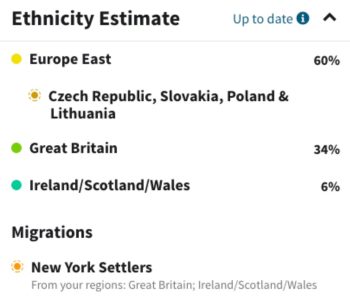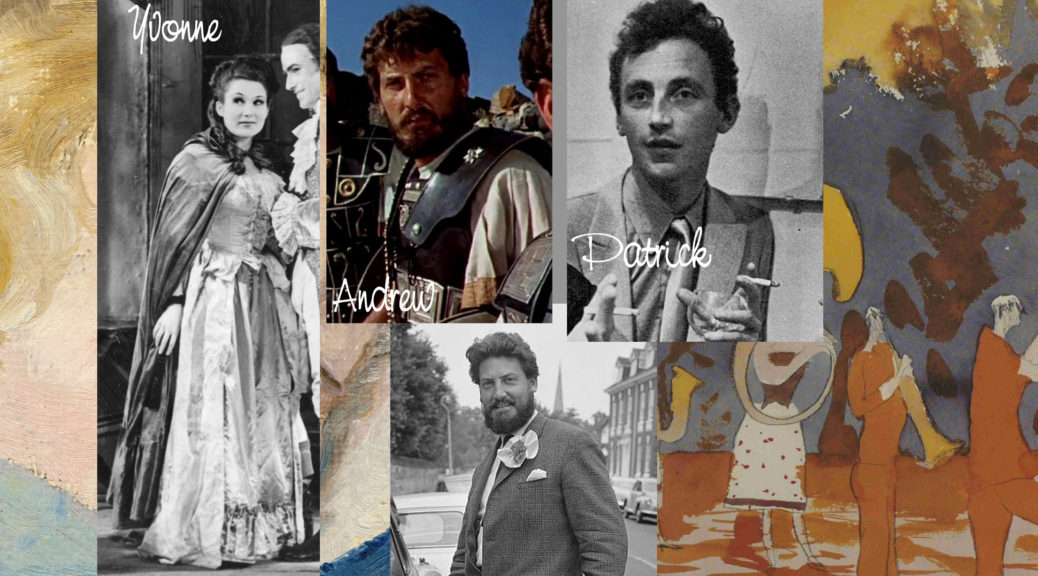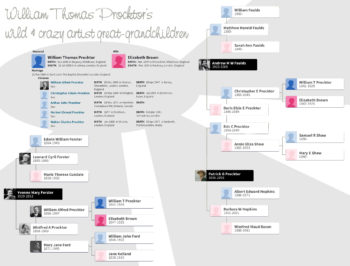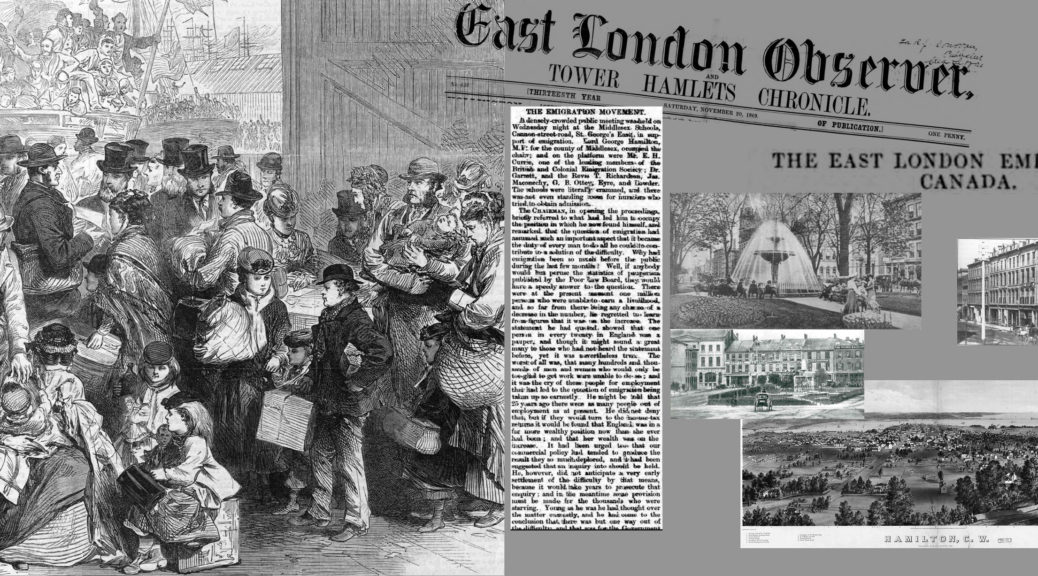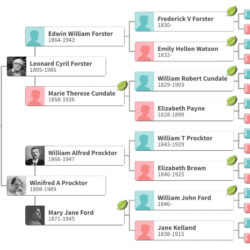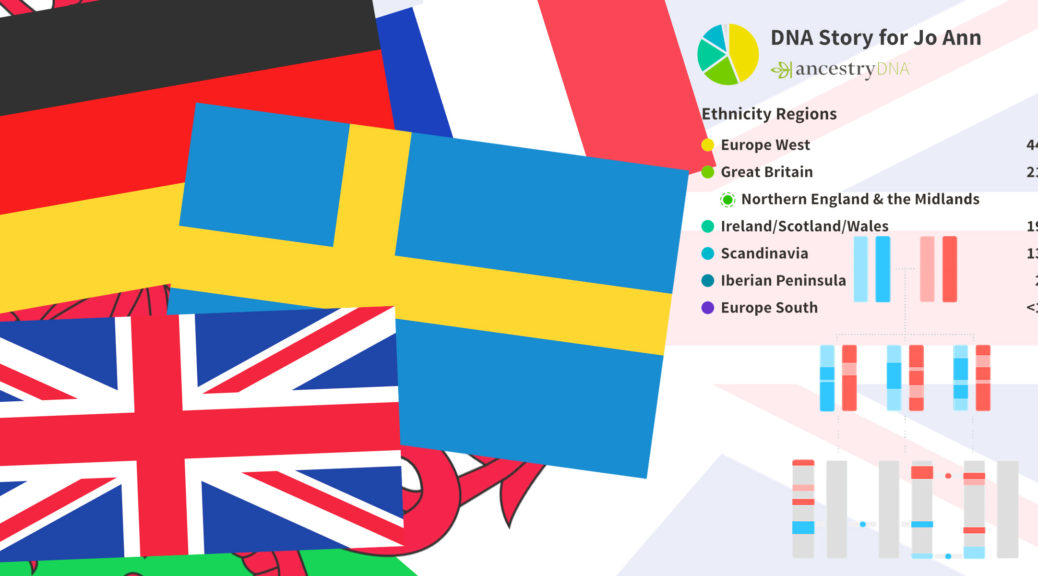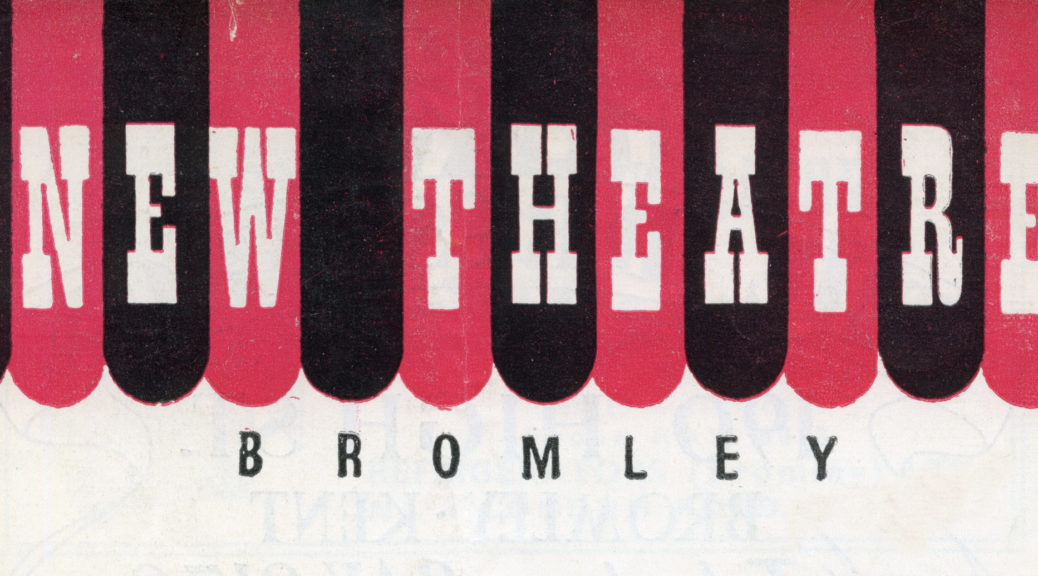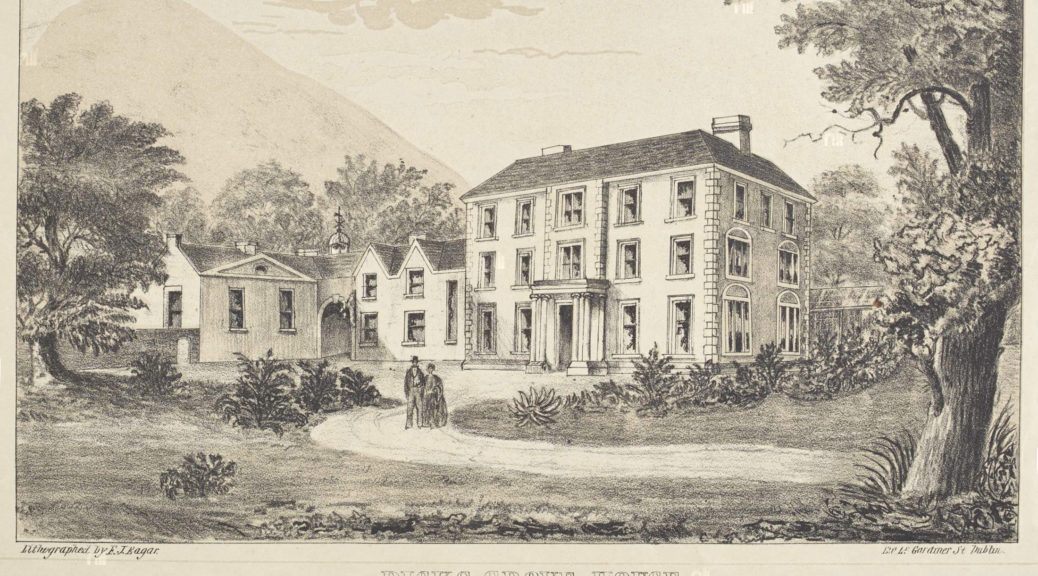Yvonne Forster, my Mum, sketched, painted and drew for most of her life. Some scribbled drawings accompanied her diaries – abstract ideas or objects or decorated letters. This was from a notebook with various rough sketches or watercolors – Mum always preferred communicating with pictures. Some painting was for income – she didn’t do many commissioned portraits, but her graphic design work sometimes included freelance projects (a children’s illustrated guide to crochet stitches is one I still have). I would get watercolor birthday cards until shaking hands and poor eyesight made it too hard (she could still do it but wasn’t happy with the quality). One subject stood out from all others – trees.
Continue reading Yvonne paints Wynne & LenAll posts by jo.snover@gmail.com
Growing up with our grandparents
This is part II of the story of four generations preceding me and my four brothers – our parents growing up between the wars in England and somehow all ending up in the theatre. For Yvonne and David, I have written recollections. Yvonne left many – some illustrated – diary-like notes and a book, Mind Boggled. David left a stack of notebooks filled with a scribbled draft of a memoir he never finished – to his credit, he numbered the pages, books, and various inserts – in his near-illegible writing. It’s mostly theatre name-dropping and “funny stories” but parts are about his early years. A characteristic blend of gauzy generalities of an idyllic childhood and tales of David’s excellent adventures. Old newspapers add details – of piano competitions, school prizes or sports matches – plus there are stories we heard from them growing up. David’s “Progress Book”, written by Billie, and a few notes in an album by Wynne are the only accounts from the grandparents directly. Margo’s brother Harding kindly provided some childhood stories for her. I’d like to offer a sense of where they lived, went to school, what home life was like, and to sketch out their path from babies to the adults we knew.
Continue reading Growing up with our grandparentsWho were those people in the family tree?
I’ve spent many hours combing through records and newspaper articles about ancestors and long-dead relatives, and although there’s much I don’t know, I realized I have lots of thumbnail sketches of where they lived, what sort of work they did and occasionally other snippets of information which I haven’t shared. The more substantial stories – such as interfering in an election in Pontefract – have blog posts, but the smaller details are only in my head. Recently I sent my brothers two bow-tie charts, and one replied that it looked odd as he’d never heard of many of the names. Time to put a little flesh on those bones!
Continue reading Who were those people in the family tree?Born in London with ancestors in Utah?
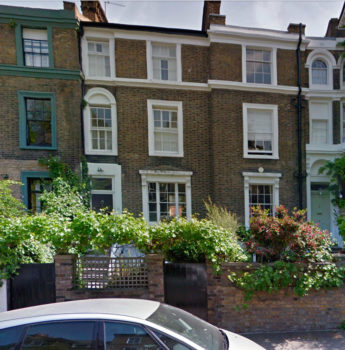
Deciding to take a DNA test has been a source of all sorts of surprises – an unknown cousin, for example. The discovery of Cornish mining ancestors for my husband’s family as another. My current puzzle is how a kid from Camden Town in London (photo on left is the flat my parents lived in) has DNA matches to a group of people who have been living in the USA since the 1860s. The more digging I do, the more clear the picture becomes with one small, but important, missing piece – how this group of related people in the US is genetically connected to me!
Continue reading Born in London with ancestors in Utah?Where did all that English DNA come from?
Everyone in the Snover family knew George A Sznarwakowski had been adopted by Anna and John Sznarwakowski in Detroit in the 1910s. The family story had it that George’s last name had been White before the adoption, although there’s no paperwork I can find anywhere that confirms George’s origins. He married Monica Gorzynski whose family were all Polish, and their children, including their second son, Papa – Robert Francis Snover – grew up in Detroit as Polish-Americans. So where did all that (34%) British ethnicity come from?
Continue reading Where did all that English DNA come from?Wild-&-artsy second cousins – William Thomas Procktor’s great grandchildren
Looking into my 2nd great grandfather’s time in Canada in the 1870s, I filled in a few blanks on my family tree on Ancestry. A couple of the names rang a bell as ones my mother had mentioned, but I didn’t know how these people were related to her. I don’t recall ever meeting them, but in researching the family connection, it’s not surprising that my mother knew of them. It’s not clear how well she knew them, but it turned out she and they were second cousins – all three were great grandchildren of William Thomas Procktor who sailed to Canada in search of work in 1870.
Continue reading Wild-&-artsy second cousins – William Thomas Procktor’s great grandchildrenEmigration charities and “pauperism” in 1870
My mother’s stories about her Procktor ancestors, based presumably only on what her mother had told her, told a story of her great grandfather, a cabinetmaker, being a Quaker pioneer who went to Canada, returning to London when her grandfather was 12. It turns out the real story has no connection with Quakers at all (that I can find anyway).
Continue reading Emigration charities and “pauperism” in 1870In quashing Jeffrey’s teasing, a 66-year-old secret comes to light
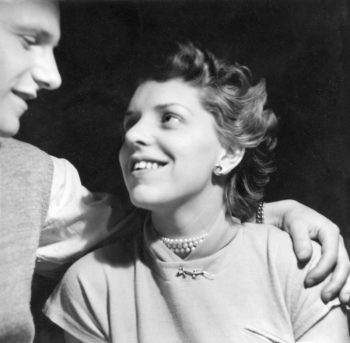
My lovely husband, Jeffrey, has a vibrant sense of humor, and, after a bout of teasing and joking from him about who was more British, I naively thought I could shut him up by taking a DNA test. From that frivolous (and totally futile) effort, came a completely unexpected series of discoveries – and even more teasing and joking! I should probably start at the beginning…
Continue reading In quashing Jeffrey’s teasing, a 66-year-old secret comes to light
Two young actors start a repertory theatre
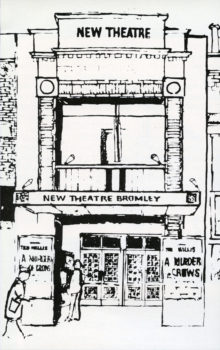
Peter Goss, my godfather, and David Poulson, my Dad, met while working as actors in repertory theatre at the Theatre Royal, Bath in August 1954. Both had been in weekly rep for several years, long enough to have some idea about how to produce a play as well as act in it. When I asked my mother, actress Yvonne Forster, whether it was Dad’s youthful good looks that attracted her, she said it was his ability to bring order to a chaotic production she was acting in (in Dartford). In some scribbled notes Dad made for a memoir (which he never completed), he described a performance where he was acting as a human door hinge for a broken part of a set (in between being fired by a furious producer!) – the show must go on…
William T Meredith and his colorful family
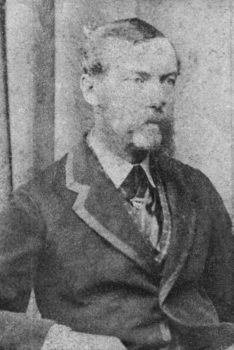
My stepmother Margo’s Mum was affectionately known as “Batty Nan” by her grandsons (Tony & Mike). Rose Fitzgerald Meredith had a colorful family on her mother’s side, but until a week or so ago, I didn’t know much about the colorful characters on her father’s side of the family.
Rose’s father, William Thomas Meredith, born in 1847 in Armagh, Ireland, was the oldest child of Manus Blake Meredith, an engineer, and his wife Anne. Dicks Grove House, above, where Manus grew up, was the Kerry Merediths’ family home. Continue reading William T Meredith and his colorful family

